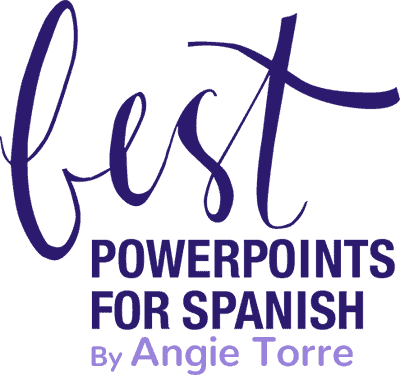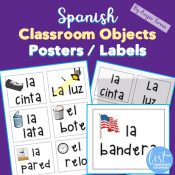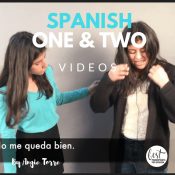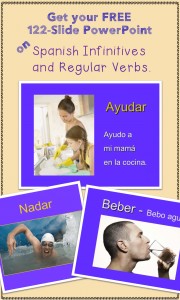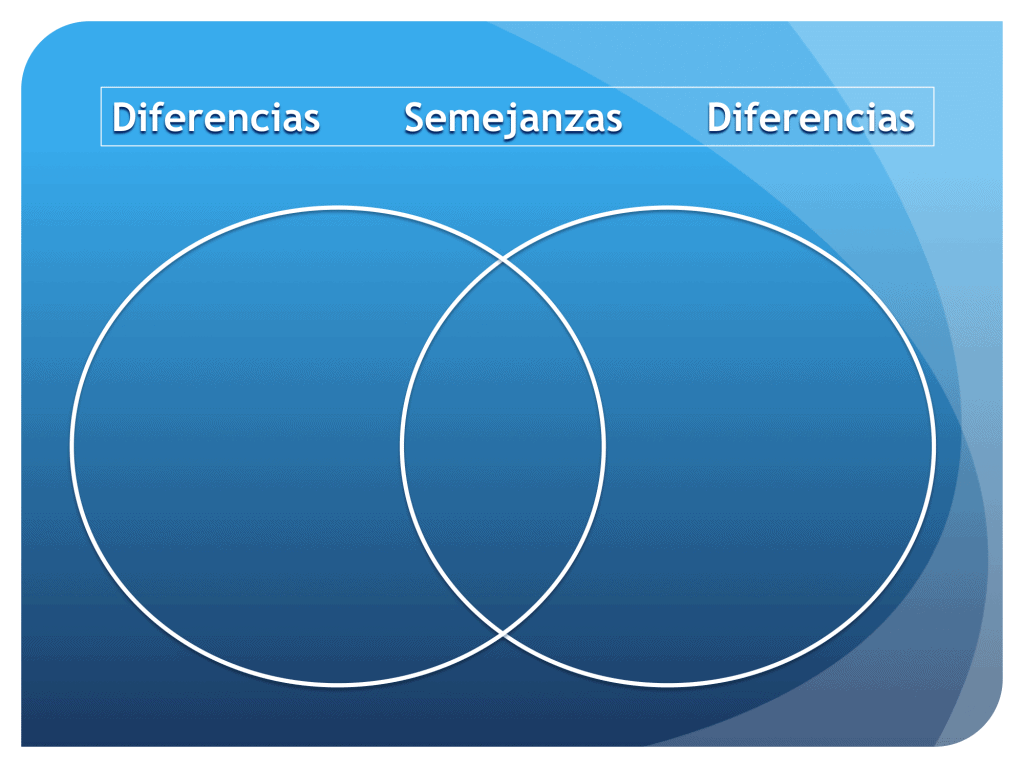How to Add the Best Comprehensible Input
Adding Comprehensible Input to Your Lesson
Explain, Model, Demonstrate
In the last blog post I said we were going to talk about how to incorporate guided practice into the lesson. But we can’t move to guided practice until we’ve finished with, “Explain, model, demonstrate” and we still haven’t talked about how to incorporate the best comprehensible input, an indispensable component of a successful lesson plan. Input is still teacher-talk, the demonstration and modeling of proper language in context.
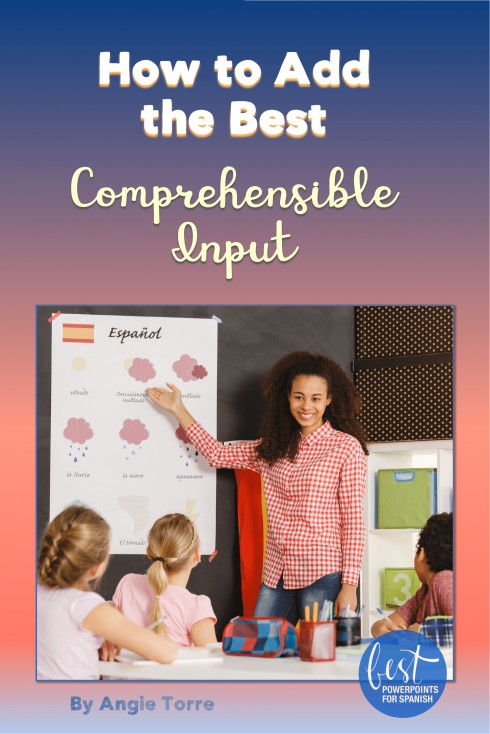
This is the sixth in a series on, “How to Write Effective World Language Lesson Plans.” In case you missed the first five, here are the links:
Effective World Language Lesson Plans, Simplified (Establishing the Learning Goal)
Effective World Language Lesson Plans, Part Two (How to Add Tension)
How to Write Effective World Language Lesson Plans, Part Three (The Hook)
Effective World Language Lesson Plans, Part Four (How to Choose Resources and Strategies)
In this post we will talk about how to add the best comprehensible input so students get the necessary repetition in context in order to produce language. Because, as we all know, language is acquired through CI.
Once you’ve established your learning target, ask yourself,
“How am I going to provide comprehensible input of this concept or vocabulary?”
If we are not inundating our students with the target language, they will never be able to communicate in that language.
Before we talk about the best strategies for comprehensible input, let’s define it. What is comprehensible input? It is spoken or written language usually in context, in meaningful messages that is understood by the students and is only slightly above their understanding. (L+1)
It is the language teacher’s primary responsibility to make the target language understood by whatever means possible: facial expressions, gestures, board drawings, dramatizations, modeling, demonstrations, intonation, use of cognates, objects…standing on one’s head.
Whatever it takes!
And the more compelling the input, the better because students typically hear what is interesting and will not acquire what they don’t hear.
How to Add the Best Comprehensible Input
So, what top comprehensible input strategies and activities will provide students with the necessary repetition?
Listed below are 12 possibilities. Choose the one that works best for your topic.
- Commands
- Visuals / Labels
- Objects and Realia
- Storytelling
- Books / Novels
- Videos
- Teacher-talk
- Total Physical Response for Vocabulary
- Games
- Memes and Cartoons
- Graphic Organizers
- Audio
- Songs
Check out this
FREE WEATHER AUDIO AND ACTIVITY
Commands: Begin by immediately teaching the commands so students hear the same instructions repeatedly. Doing so will keep the class functioning in the target language and students will assimilate the high-frequency verbs they hear in later communication. Although they may not understand the conjugations, they will understand the meaning. A wonderful way to give commands is through transition songs that students hear every day. Take a look at this one by Minute by Minute Spanish.
Visuals and Labels: Label all the objects in the room and refer to them often. Click on the image above to see the labels I put on my CLASSROOM OBJECTS. Use captivating images in your PowerPoints so that you can keep speaking in the target language without using English.
Take a look at the visuals in my Spanish Adjectives PowerPoint.
Objects and Realia: When teaching vocabulary, bring in real objects. For example, when teaching clothing, bring in a suitcase full of clothes and talk about them while displaying them. When teaching reflexive verbs, bring in a suitcase full of items necessary for daily routine, thereby, allowing you to use the vocabulary words in context.
Storytelling: My favorite way of providing input. Students get so caught up in the story they forget they are thinking in another language, especially if the story has strong visuals. Pre-teach the vocabulary with gestures, tell the story using TPR Storytelling strategies and recycle the language with activities moving students from recognition to production.
You can find write your own stories, use Blaine Ray’s Stories or find TPRS by googling your vocabulary or grammar concept. For example, “TPRS for Ser.” There are also many Illustrated TPR Stories by topic on TPT.
Not proficient in TPR Storytelling yet? Click here to read a tutorial on How to Tell Stories Using TPR Storytelling Strategies.
Books / Novels: Pre-teach vocabulary and read books to students while sheltering language or assign novel chapters as homework for more advanced students. Click HERE to read about activities you can use with novels and HERE to get ideas for post reading activities. (By Mis clases locas) Scroll down to #5 and 6. Allison recommends the following books:
- For Spanish One: Peter va a Colombia
- For Spanish Two: Bianca Nieves y los 7 toritos
- For Spanish Four: Vida y muerte en la Mara Salvatrucha by Blaine Ray. (I recommend Cajas de cartón by Francisco Jiménez.)
Videos: Create or find understandable videos related to the topic. The best ones have Spanish subtitles. I have found quite a few videos on the internet and have created many myself. Click here to see Spanish Videos for Comprehensible Input
Teacher-Talk: Talk about your own experiences related to the topic. For example, when teaching clothing, talk about what you are wearing. When teaching preterite vs. imperfect tell about something interesting that happened to you, accompanied by visuals, of course.
Total Physical Response: Act out the meaning of the words or expressions and have students mimic you.
Games: Give students BINGO cards with images and use the words in a complete sentence as students cross off the words. Click here to see BINGO GAMES.
Play SIMÓN DICE. Play PICTIONARY: Students draw what you say. Repeat the sentences multiple times as they draw.
Play Jeopardy, as long as the questions are complete sentences and use the concept or vocabulary in context.
Audio: Create dialogues or present audio from the internet. I created an audio activity for listening comprehension for the weather.
It’s FREE! Click here to access it:
FREE WEATHER AUDIO AND ACTIVITY
Memes and Cartoons: I begin every lesson with a meme or cartoon related to the vocabulary or concept. I have them labeled by topic on my Chistes Pinterest Board.
Below are FREE memes and attention getters for Spanish One and Spanish Three BY TOPIC:
100 FREE SPANISH ONE MEMES AND ATTENTION GETTERS
108 FREE SPANISH THREE MEMES AND ATTENTION GETTERS
Graphic Organizers: Put a graphic organizer on the screen and talk about your topic. My favorite is a Venn Diagram for making comparisons. Here is one I use for the Presentación Oral for AP Spanish.
Songs:
Songs are one of the best sources of comprehensible input. They fulfill the “compelling” requirement of CI because students love them. They fulfill the “comprehensible” requirement when teachers pre teach the vocabulary and shelter the language.
I play the song several times while students read the lyrics. Then, students fill out a Cloze activity (no longer looking at the lyrics, of course.)
Then, I divide the class into two teams and we sing the song together. The team that sings the best (or loudest) wins.
So, where do you find engaging songs that correspond to the concept or topic you are teaching? There are so many places! You can search YouTube, or use the resources below:
SONGS I USE FOR COMPREHENSIBLE INPUT
- Jesse y Joy YA NO QUIERO: Imperfect Preterite
- Si no fuera rico IMPERFECT SUBJUNCTIVE (hilarious)
- Julieta Venegas ME VOY: Preterite Tense
GOOGLE DOC WITH LIST OF SONGS LINKED TO THE CONCEPT
LIST OF SONGS WITH CORRESPONDING CONCEPTS By Spark Enthusiasm
I also recommend using Lyrics Training. It’s a great tool for using music to provide CI and listening practice. Click on the following link to learn how to use it: How to Use Lyrics Training for Listening Practice
As you can see, there are many ways to repeat the vocabulary or grammar concept in context for your students. With this foundational repertoire now you have plenty of ideas on how to add the best comprehensible input. In the next blog, we really will talk about how to incorporate guided practice into the lesson. There are two more posts related to this topic. In the last post I will include a FREE lesson-planning check list to make sure you include all the important elements of an effective lesson plan. Stay tuned!
Of course, if you’d rather not slave away after school creating your own lesson plans, take advantage of those I’ve already created. They are student-tested during 30 years of teaching and have tons of comprehensible input. Why reinvent the wheel? Here they are:
Spanish One Lesson Plans and Curriculum for an Entire Year
Spanish Two Lesson Plans and Curriculum for an Entire Year
Spanish Three Lesson Plans and Curriculum for an Entire Year
AP Spanish Lesson Plans and Curriculum for an Entire Year
Get a 20% discount when you buy two or more in a bundle. Get your school to purchase them for you! Is your school part of TpT for Schools yet?
Keep up the good work!
